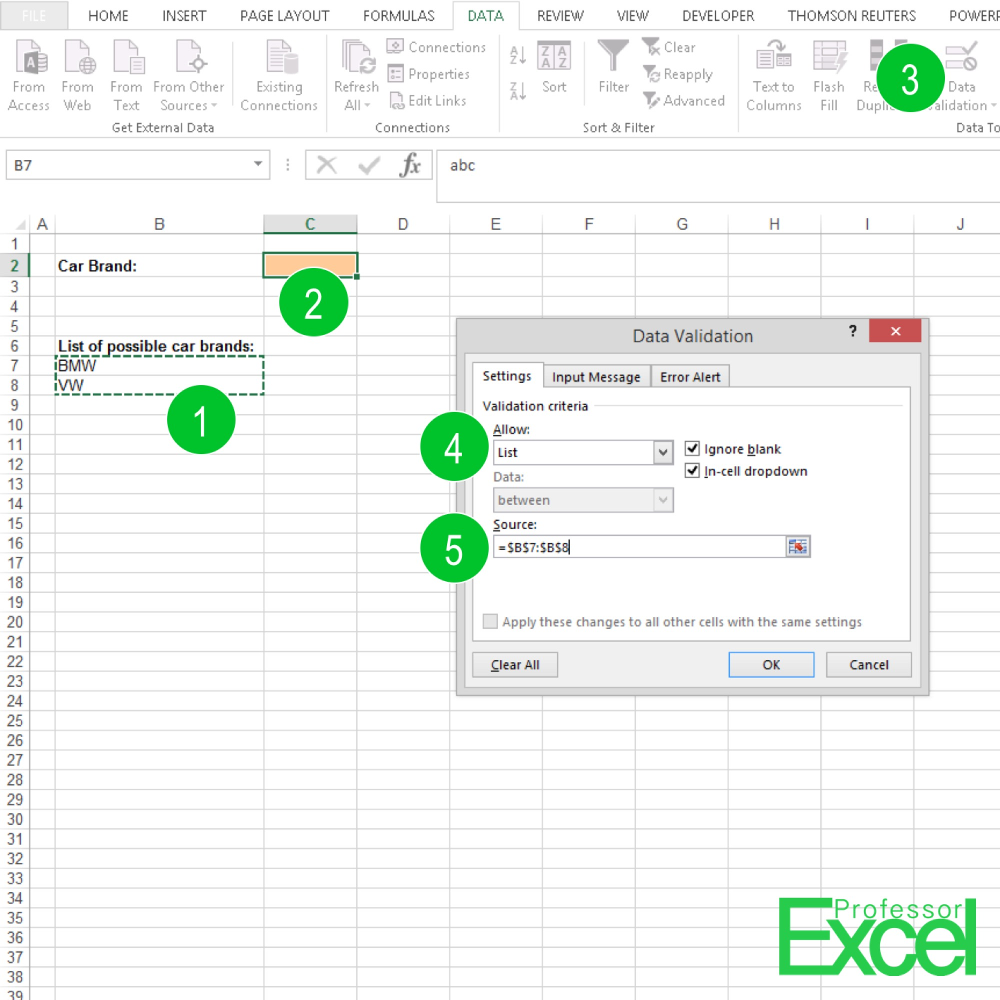5 Essential Documents to Collect Life Insurance Proceeds

Dealing with the loss of a loved one is an emotionally challenging time, and navigating the paperwork to claim life insurance proceeds can feel overwhelming. Understanding the key documents required to process a life insurance claim is crucial to ensure you or your beneficiaries receive the benefits without unnecessary delays. Here's a comprehensive guide on the five essential documents you'll need when collecting life insurance proceeds:
1. Death Certificate


The cornerstone of any life insurance claim is the official death certificate. This document confirms the death of the insured and provides critical information such as the cause of death, which can sometimes affect the claim:
- Obtain an original or certified copy from the funeral home, coroner’s office, or vital records department.
- Some insurance companies might require multiple copies, especially if the death certificate needs to be sent to different departments or if claims are being made from multiple policies.
- If the death occurred outside your country, additional steps might be required for certification and translation.
2. Policy Details

Having access to the life insurance policy document or at least key details from it is vital:
- Policy Number: Essential for identifying the policy for which the claim is being made.
- Insured’s Name: Ensure it matches exactly with the name on the death certificate.
- Beneficiaries: Confirm their names, contact information, and relationship to the insured.
- Death Benefit Amount: Understand the payout amount to ensure there are no discrepancies during the claim process.
- Contact Information of the Insurance Company: This includes addresses, phone numbers, and any specific claim departments or online portals.
3. Beneficiary Documentation

Beneficiaries are those entitled to receive the life insurance proceeds:
- Identification Proof: Driver’s license, passport, or any government-issued ID.
- Beneficiary Change Form if the beneficiary has been changed.
- Relationship Proof if not explicitly stated in the policy. This might include marriage certificates or birth certificates.
- W-9 Form or similar documentation for tax purposes, as life insurance proceeds might be taxable under certain circumstances.
4. Medical Records and Additional Documentation


Depending on the circumstances surrounding the insured’s death, additional documentation might be required:
- Medical Records: These might be needed to verify the cause of death, especially in cases of contestable deaths (within 2 years of policy inception).
- Police Report: In cases of accidental death, accidental overdose, or foul play.
- Accident Report: For policyholders with accidental death riders or policies.
- Medical Examiner’s Report: If an autopsy was performed, this report can clarify the cause of death.
- Travel Documents: For deaths occurring abroad, to verify the circumstances under which the insured died.
5. Claim Forms and Authorization

The insurance company will provide specific claim forms, which might require additional documentation:
- Claim Form: A formal document with all the required information filled out accurately.
- Medical Authorization: Allows the insurer to access medical records.
- Payment Authorization: Directs the insurer on how to disburse the proceeds (bank details, address for check).
💡 Note: Ensure all forms are completed in full and correctly, as missing information can lead to delays or claim denials.
Compiling and providing these essential documents can smooth the claim process during an already stressful time. Remember, while each life insurance company might have slight variations in their requirements, having these documents at hand will ensure a faster claim resolution:
What happens if the original policy document is lost?

+
Contact the insurance company with the insured's personal details, and they can often provide you with the necessary policy information or even issue a duplicate policy.
Can a beneficiary change policy beneficiaries?

+
No, after the death of the insured, the beneficiary designations in the policy cannot be changed. However, multiple beneficiaries can decide how to split the proceeds among themselves.
Is there a time limit for filing a life insurance claim?

+
While there's typically no set time limit, it's advisable to file a claim as soon as possible. Delaying could result in complications if policies lapse, or if there are questions about the circumstances of death.
What if the death was contested by the insurance company?

+
If an insurance company contests a claim, they usually have two years from the policy's inception to investigate. During this period, additional documentation like medical records or police reports might be required.
Can I submit documents electronically for life insurance claims?

+
Yes, most modern insurance companies allow for electronic submission through secure portals, email, or fax. However, some documents like the death certificate might still require an original or certified copy to be sent physically.
In summary, collecting life insurance proceeds after a loss requires careful preparation and understanding of what’s needed. Gathering the death certificate, policy details, beneficiary documents, any additional medical or incident-related records, and completing the insurer’s claim forms can make a significant difference in the efficiency of the claim process. Keep these documents organized and accessible, and approach the claim with patience and accuracy for a smoother resolution during this difficult period.



